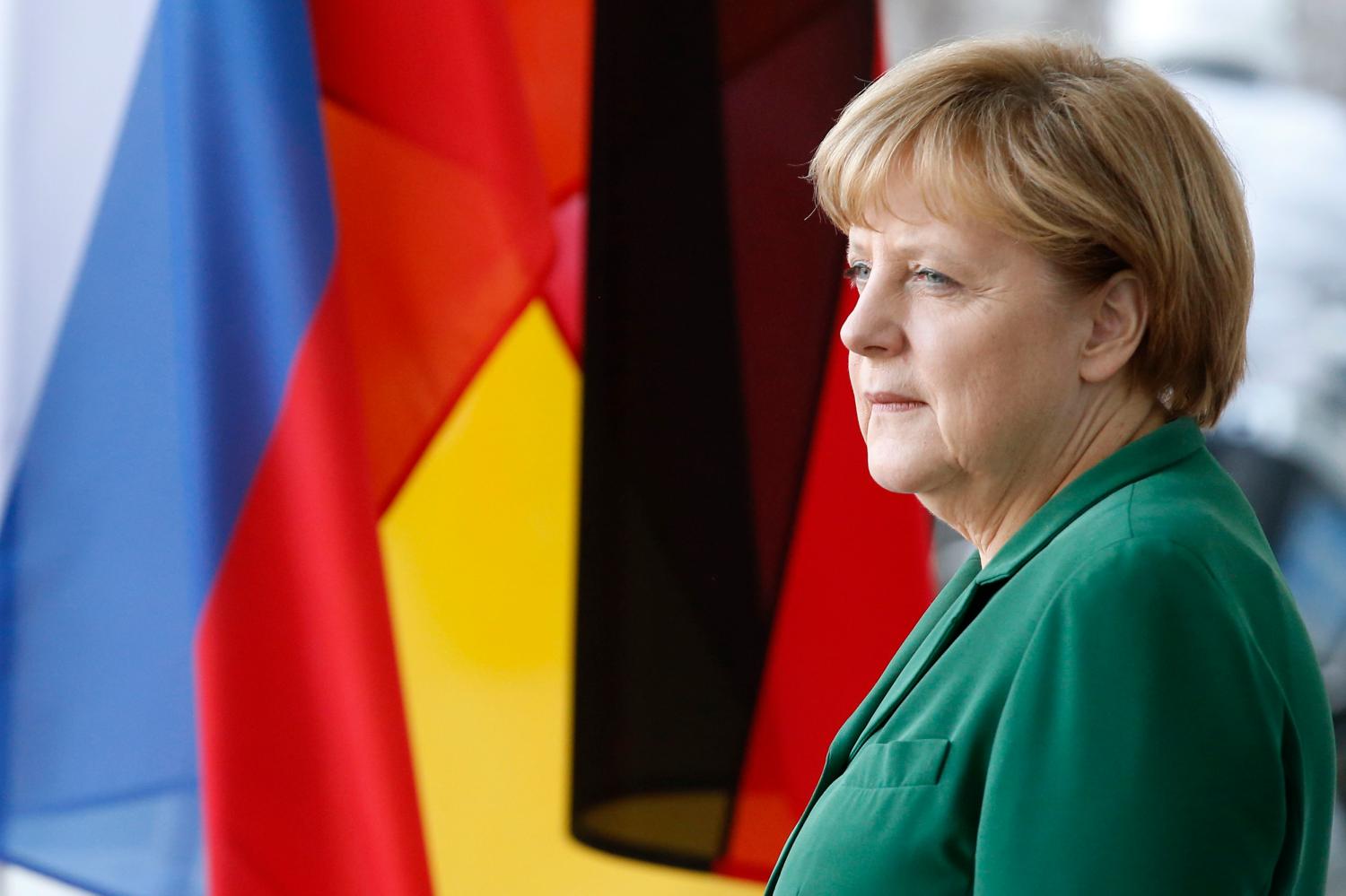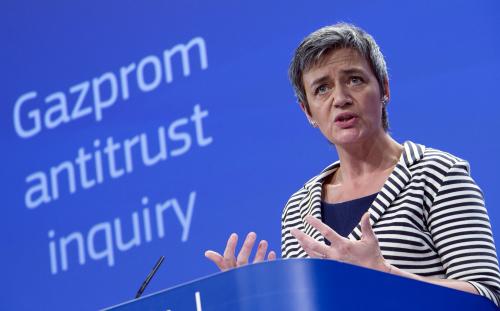INTRODUCTION
In 1994, five years after the fall of the Berlin Wall, the Germans feared that the unification of the two Germanys had failed. In 1997 the term “Reformstau” (the reform deadlock) had been elected as the “word of the year”. In 1999 and 2000 the weekly magazine The Economist called Germany “the sick man of Europe”. In 2003 the German economy was back in recession.
Until 2004, Germany was struggling in a spiral of a seemingly unstoppable decline, without precedent for its length. Since 2004, Germany has emerged from its economic sluggishness with a performance that, considering the preceding fifteen years, appears to be exceptional. Today, people commonly interpret the rebirth of the German economy as a new Wirtschaftswunder, an economic miracle comparable to that of the postwar period and able to provide such a political prestige and diplomatic assertiveness to determine the fate of the political and institutional framework of the rest of Europe.
Over the past seven years, other European countries have had comparable growth rates, Sweden and Switzerland in particular. France has been growing at higher rates if one takes into account a longer period, but probably as a result of the fiscal stimulus induced by a structural budget deficit which regularly exceeded the average of other euro area countries. But the German exception lies in having permanently transformed its economic model in line with the global challenge, showing that the opening of national economic systems can be an opportunity for prosperity. The transformation occurred by introducing more market elements in the economy. This has allowed the achievement of the traditional shared goals of German society – starting with full employment – which have always characterized the Sozialmarktwirtschaft, the social market economy.
Income divergence has increased. The labor market has become dual. Seven million workers, many of them foreigners or migrants, have become dependent on extremely low salaries.
However this has been possible only at the cost of giving up the traditional goal of egalitarianism, both within the German society and in the economic relations with the European partners. Income divergence has increased. The labor market has become dual. Seven million workers, many of them foreigners or migrants, have become dependent on extremely low salaries. Balance of payments disequilibria, and their re-distributional effects within the euro area have been regarded as irrelevant.
In order to defend at least some parts of the social market model, German governments since the early 1990s have accompanied the economy’s internationalization process initiated by companies and major financial institutions. The common political analysis behind this is that a population of 1.15 percent of the world, which currently produces more than 5 percent of global GDP4, can maintain its standard of living only by tying its growth to that of countries bringing 6 billion people out of relative poverty.
For this reason, the entire German production system had to and was able to strengthen its export orientation, while facing the major geopolitical changes that have directly involved the country: the German reunification, the European monetary unification, Eastern Europe opening to international trade and, finally, the entrance into the markets of large areas of the world up to the full development phase of globalization.
The German experience has been proposed by Chancellor Angela Merkel as a reference model for the entire euro area: “To be competitive in the world is not a requirement for Germany, but for the entire euro area, a group of countries which accounts for 7 percent of the world population but produces more than 20 percent of global GDP”. Inevitably, it becomes important to understand whether the features of the German economic miracle are identifiable and replicable as a historical process of reform. The indications of this analysis are that the process of transformation of the German economy was born long before becoming a political project, under the impulse of a group of industrial and financial actors subject to the pressure of global competition. Only later, an intensive set of government-led economic reform programs accompanied the transformation of production, allowing the entire economy to benefit from their acquired competitive success. Therefore, the possibility of replicating the German success must lie not only in the process of political reform, but in a double and parallel evolution of the production structure and regulatory framework consistent with a long-term project. More importantly, Germany has deliberately forged its fiscal and labor policies as to ensure a very high net savings surplus. This strategy has drained resources from the rest of the euro area in two ways: The first via lower imports and the second through a huge amount of capital incomes flowing back from the countries of the euro area that had received huge German financial investments. I estimate this effect at a yearly 0.75 percent of German GDP and at an equivalent yearly amount subtracted from the euro area periphery for ten years. Given the incapability of the countries receiving the flows of capitals to put them to good use, the German strategy has aggravated the imbalances within Europe and — among other causes — seems to have contributed dramatically to the origins of the euro crisis.



